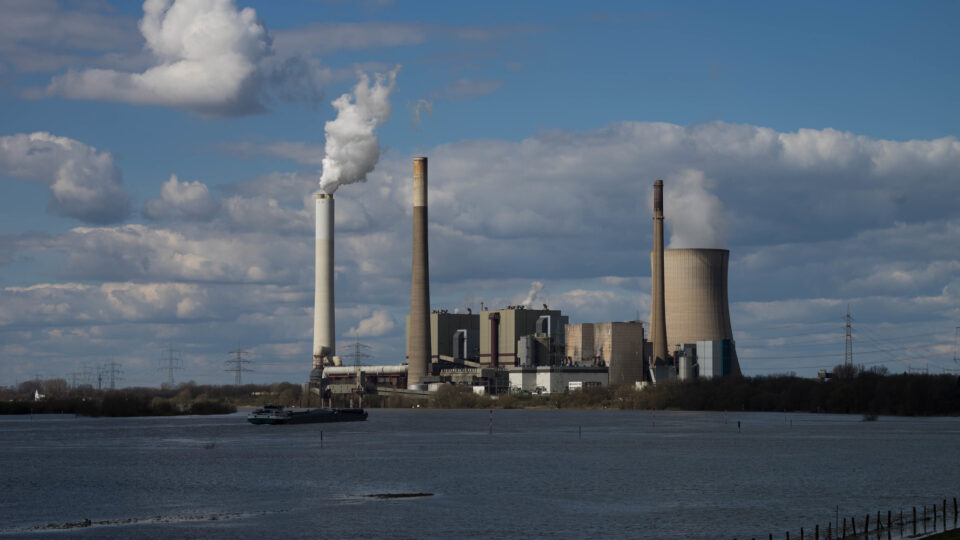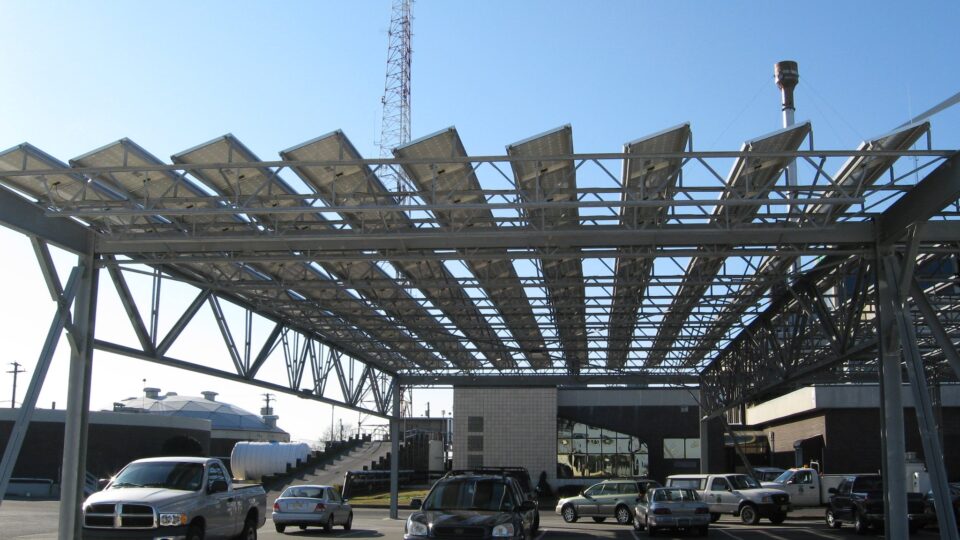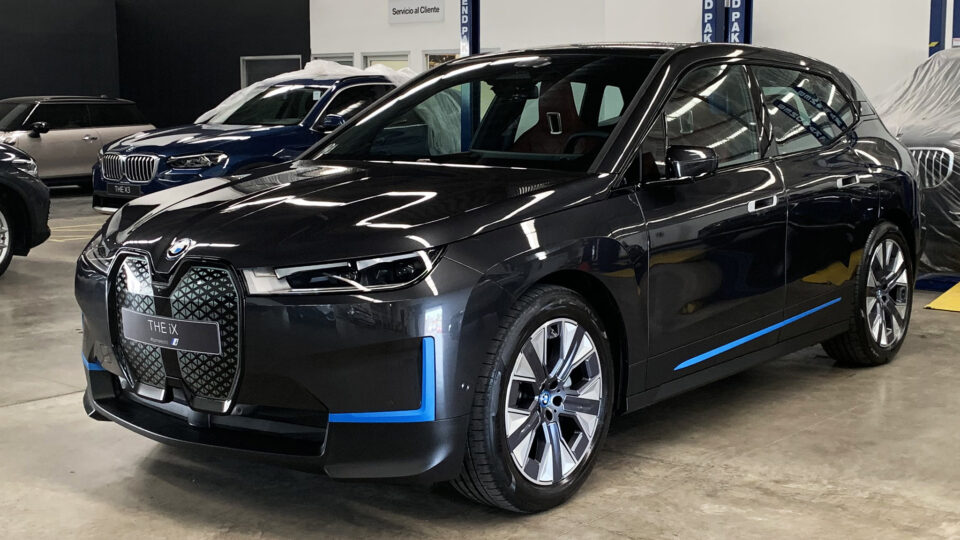2022 was a complicated year for global energy. Following its invasion of Ukraine, Russia curtailed natural gas exports to Europe. This led to large increases in coal burning in many countries, but at the same time led to major new investments in renewable energy. Projections are that the world will add as much renewable power in the next five years as it did over the previous 20.
In China, severe drought reduced the amount of available hydropower, which drove increased demand for coal in that country. Between the war in Ukraine and the Chinese drought, coal burning reached an all-time high in 2022, albeit only a 1% uptick for the year. This increased coal consumption is expected to be only temporary as the accelerating deployment of renewables, energy efficiency, and the use of heat pumps will inexorably reduce coal use.
Globally, governments have earmarked an additional $500 billion for clean energy just since March, bringing the total since the onset of the COVID pandemic to more than $1.2 trillion. Nearly half of this total investment comes from the U.S. under the Inflation Reduction Act and the Infrastructure Investment and Jobs Act.
In light of these energy policies around the world, the International Energy Agency has revised its projections for renewable energy to substantially larger numbers. Renewables are expected to surpass coal as the world’s largest source of electricity by early 2025. The global energy crisis triggered by the war in Ukraine has kicked off an extraordinary new phase of rapid renewables growth as countries around the world are seeking to obtain energy security as well as the other benefits of clean energy.
**********
Web Links
In 2022, Energy Shocks Spurred Both Unprecedented Coal Burning and Massive Renewable Investments
Photo, posted April 5, 2015, courtesy of Jan Remund via Flickr.
Earth Wise is a production of WAMC Northeast Public Radio




